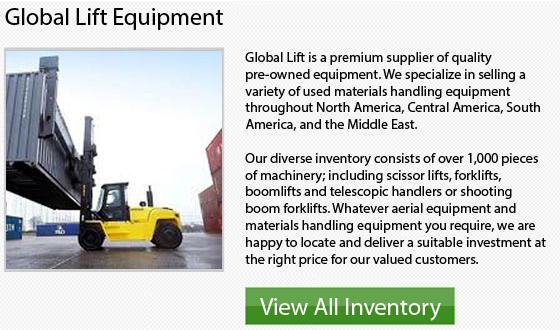
Most of the time, companies will spend a lot of money to buy their forklifts. It is vital, therefore to take good care of your equipment to protect your investment into the long run. It is a good idea to know the procedures that are carried out in the maintenance and care of this piece of machine.
Among the best ways to tell how good the engine is working is by starting the forklift up and listening closely to see how it runs. Like for example, if there are any misses or knocks, the machinery is faulty and this should raise several issues. Also listen carefully for any squealing noise that come from the belts because these noises will provide you with a wealth of information.
Some of the main components requiring attention during maintenance comprise the gauges, horn, safety warning devices, the lights and the overhead guard. Any faulty parts or burnt out light bulbs should be replaced as soon as they are noticed. It is also essential to check the wiring.
The battery compartment terminals must be cleaned after the above components have been inspected thoroughly. If the terminals are not clean, be sure to clean them properly. Each and every cell of the battery has to be checked in order to make certain that the fill level is topped up to the regulated amount.
The next step is to drain all of the oil out of the equipment and then change the filters. The fuel filters, hydraulic filter and the transmission filter should be frequently replaced. Prior to fitting them, be sure to write the date on the new filters by utilizing a permanent marker in order to keep track.
When the oil change has been carried out and new filters have been fitted, visually inspect the drive axle from underneath the machine. Be certain to grease the axle if there is any grease fitting. Check the engine belts for any frays or cracks. If you find any, fix the problem accordingly. Afterwards, inspect every other part of the equipment including the wheels. If any kind of problem or fault is detected, be certain to deal with it immediately in order to make certain the machinery is running at its safest and optimum levels.